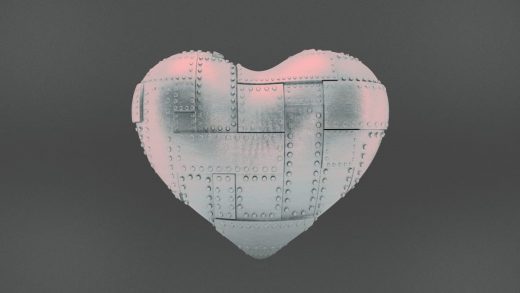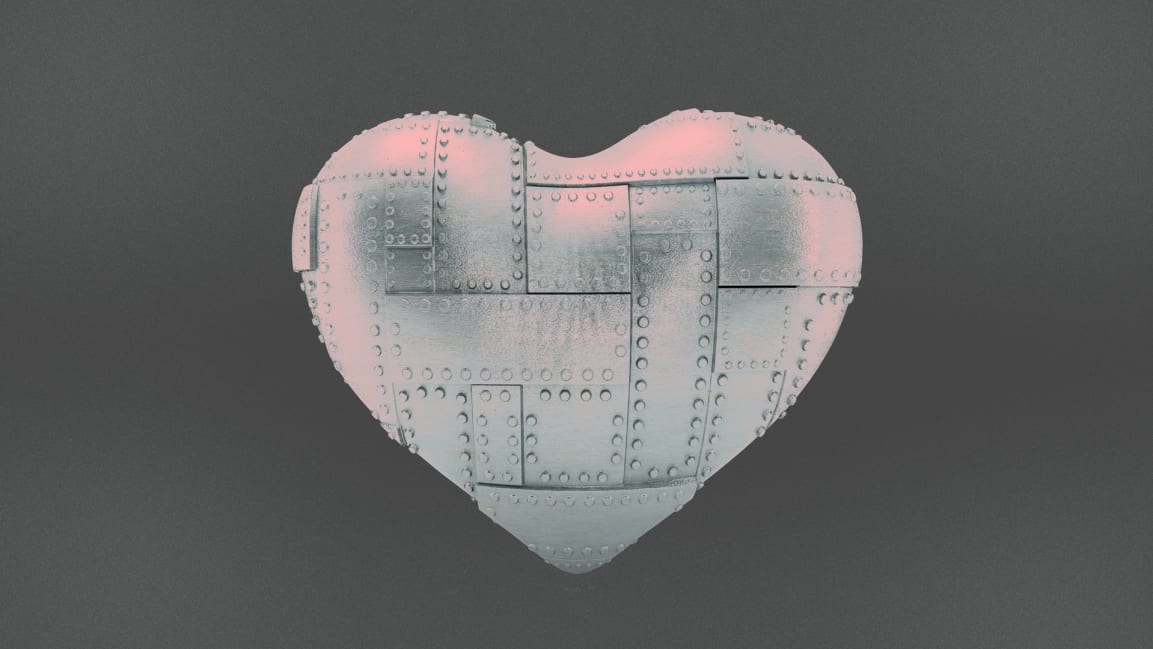Reframing ‘strength’ to include vulnerability, openness, and emotion
Strength is a concept that evokes a constellation of interpretations. For some it means being physically strong or able to resist being moved or broken. Words associated with strength often include solidness or toughness, and impenetrability. Strength has even expanded recently in pop culture to include stoicism. Rarely do we associate strength with vulnerability, openness, and emotion. Those words are like the mortal enemy to toughness! Yet, when faced with the complex challenges and wicked problems of the global health pandemic, knowing how to be vulnerable, open, and emotionally aware were the real super skills. Our understanding of strength needs a reckoning.
We believe that strength lives in a person’s intellect or their bodies. We are taught to outthink our stress or to withstand it. “Embrace the suck” is slang often used in the military to motivate. Wrap your head and body around the pain but don’t let it get inside you. That’s what makes you soft. If you just work harder, faster, smarter, you will be able to outrun those pesky feelings. The reality is that our emotional world always finds a way into your life. I see this when working with high performers. When they stop, they’re hit with a tsunami of feelings. When you slow down, you feel it all. You might as well go back to work and stay busy. That working world is less savage.
Our emotions usually start as a small whisper, but will turn into a full-on battle cry if left ignored.
Misconceptions of strength
One of the greatest misconceptions of a strong person is that they are bulletproof. That they somehow do not feel stress, pain, fear, worry, or loss, like the rest of us mere mortals. The reality is that everyone feels things differently, but our nervous system is quite the equalizer.
Evolution has left us all with an underdeveloped nervous system. The pace of life has dramatically increased, and our nervous system is desperately trying to catch up. The problem is that our evolution does not progress at the same rate as our technology. Our whole self is underdeveloped for the tasks at hand, yet we don’t talk about that. The bar keeps rising, and many of us spend our waking hours, trying and grasping. We are chasing “enough” and come up short. This repetitive state of striving has many of us thinking we are the problem.
The difference for those who are coping, adjusting, and adapting more successfully, is that they have simply learned how to coexist with them. But how do you coexist with the feelings that make you feel weak?
In the blast radius of this deadly pandemic, we are left exposed. Ignoring this very fact will only make the situation harder to deal with. We now stand in this precious place of cocreating a new understanding of strength. And that new definition of strength needs to include resiliency. A resilient person recognizes their vulnerabilities and emotions and works with them. A resilient person also understands how being open with others about their challenges is an asset when the sharing is done right. Including the emotional domains into our lives may seem like a “soft-skill” area. There is nothing soft about this work. This is the heart work. Only the bravest adventure here.
Resiliency embedded within strength
Resiliency is often defined as someone’s ability to bounce back or to rally. My scholarship repositioned resiliency as a verb. You aren’t born resilient or not resilient. It is a set of traits, skills, and behaviors that we use everyday to build a solid foundation.
These five areas create an ecosystem rooted in safety and trust, which allows us the physical and psychological capacity to show up in our lives. This is everyday resiliency:
Belonging
We all need a home team and people in our corner who really have our back. We don’t need an army. We need one champion who sees us as we are, accepts us, and is willing to defend us. That person is also willing to call us out and push us when we need it. They are the first one in and the last to leave. They are also the person we usually neglect the most when our lives get busy. We need a Mickey in our corner like in the movie Rocky.
Perspective
Perspective is about cultivating flexible and nimble thinking while working with emotions. Perspective also grows in relation to your lived experience. The more you learn, see, seek out, question, and understand, the broader your worldview will be. Our attitude and empathy shape our world.
Acceptance
We must understand the difference between what we can control and what we can’t. Know your “controllables.” Resilient people don’t ask, “Why is this happening to me?” They ask, “What is my next right decision?” They don’t deplete their energy and resources on things outside their control.
Hope
We each have an inner pilot light deep inside, a hope-filled flame that tells us that we can do hard things. This is about self-efficacy. Resilient people protect their morale, and practice optimism. Come what may, they trust that they will persist.
Humor
This is the wild card in my theory of resiliency. There is an art to cultivating laughter, pleasure, play, and moments of merriment—even in the most challenging seasons of our lives. Resilient people do this. As the Scottish proverb goes, “Today’s rain is tomorrow’s whiskey.”
Strength without understanding our vulnerability and emotions is not going to help us through hard times. Of course, there will still be times when we have to push through. Even when running on empty, you still make breakfast for your child; when you don’t have the energy to even make it up the stairs, you still take that first step because deep down, you know you can. These moments shape our authentic capacity to be resilient and strong. And we also recognize that pushing comes at a cost.
You need recovery, too. You need that tender acknowledgment that this is hard. We need that soulful recognition that we struggle, we have big emotions, we make mistakes, yet we are still capable and competent. It’s understanding that being strong also means having the self-awareness to take care of yourself. And sometimes the strongest thing we can do is ask for help. Some lessons and insights can only be learned when we open up to others.
As we move forward in this new frontier, take what you need to be well, unapologetically, and trust that you can do hard things. Hold a broader view of strength and resiliency that honors the lived experience. Be sure to take care of yourself during the change of seasons, not only when it is over. Being strong with no recovery leads to burnout. And burnout is the curse of the strong.
Only those who care deeply will serve until they are fully depleted. Recognize that those who care for you, need you to take care of yourself, too. Be open to receiving. I know it’s hard, but thankfully you can do hard things. Taking care of yourself is a sign of strength.
This expanded understanding of strength shows up in so many ways, each day. It is all around us. The seasons of our lives are ever changing. The strength of our character, built on vulnerability, emotional awareness, and openness, together with looking after our physical bodies, will serve us well, in an unwell world.
Robyne Hanley-Dafoe is an educator, speaker, and resiliency expert. She has taught education and psychology at Trent University since 2007. She is the author of Calm Within the Storm: A Pathway to Everyday Resiliency.
Fast Company , Read Full Story
(53)



